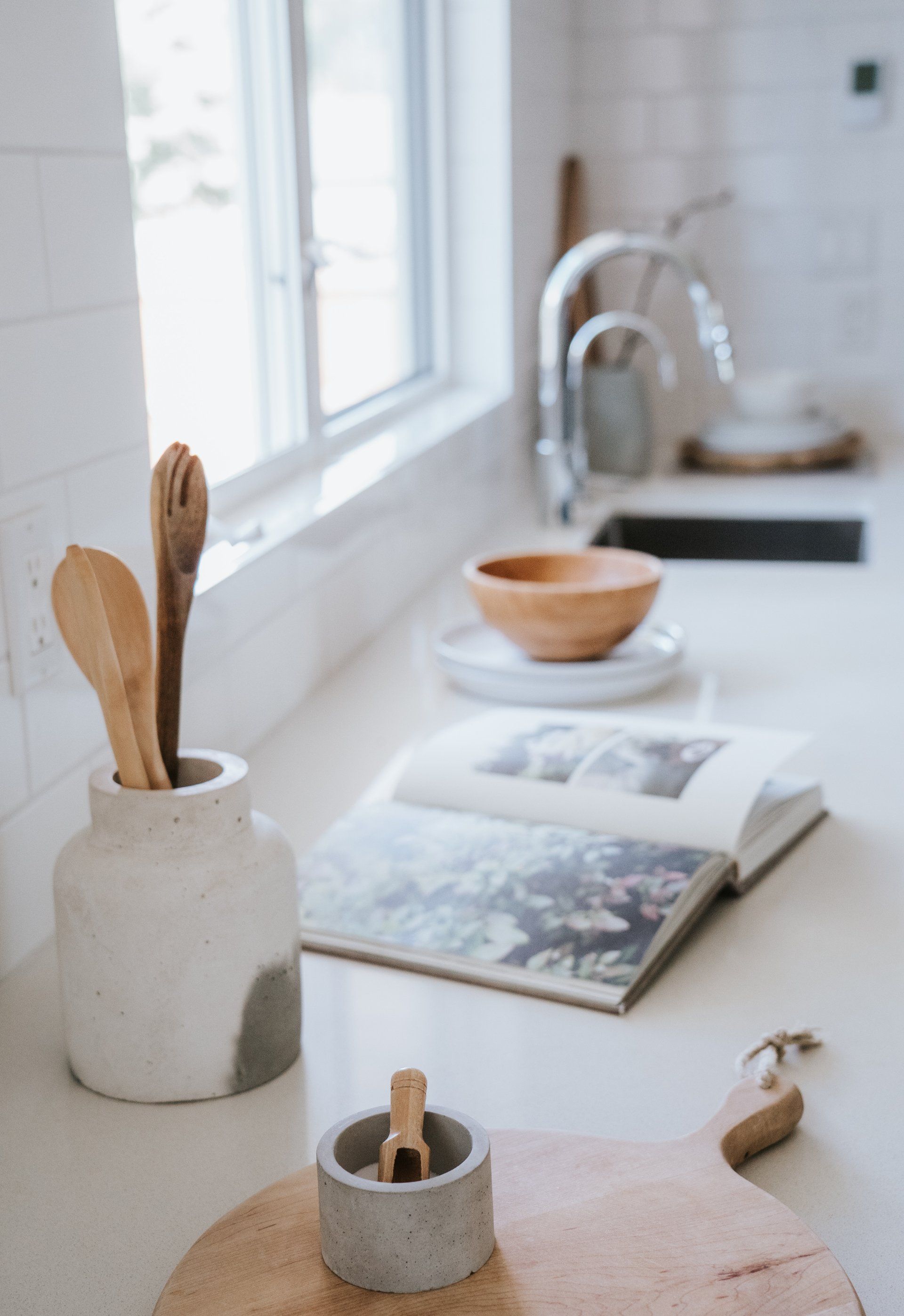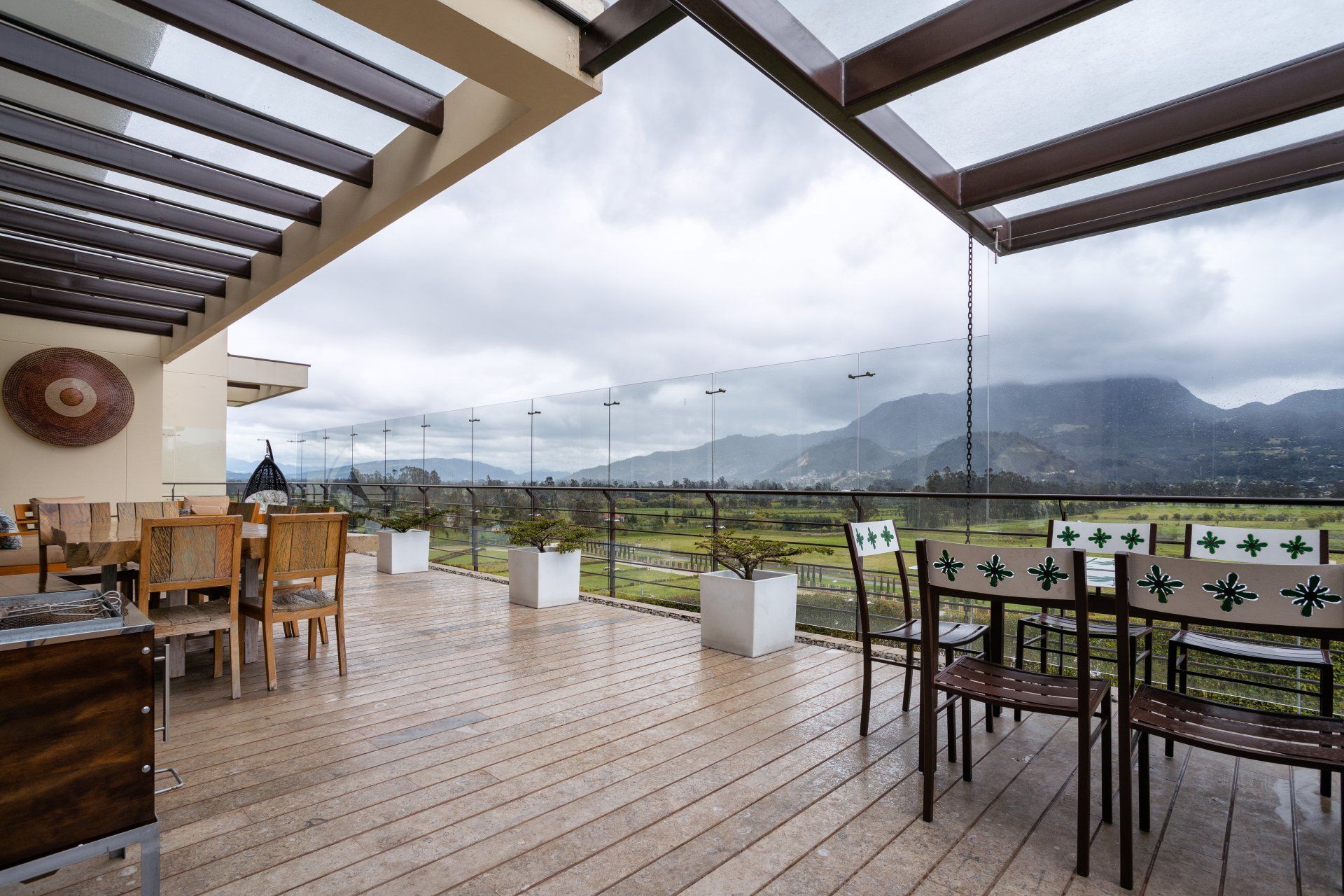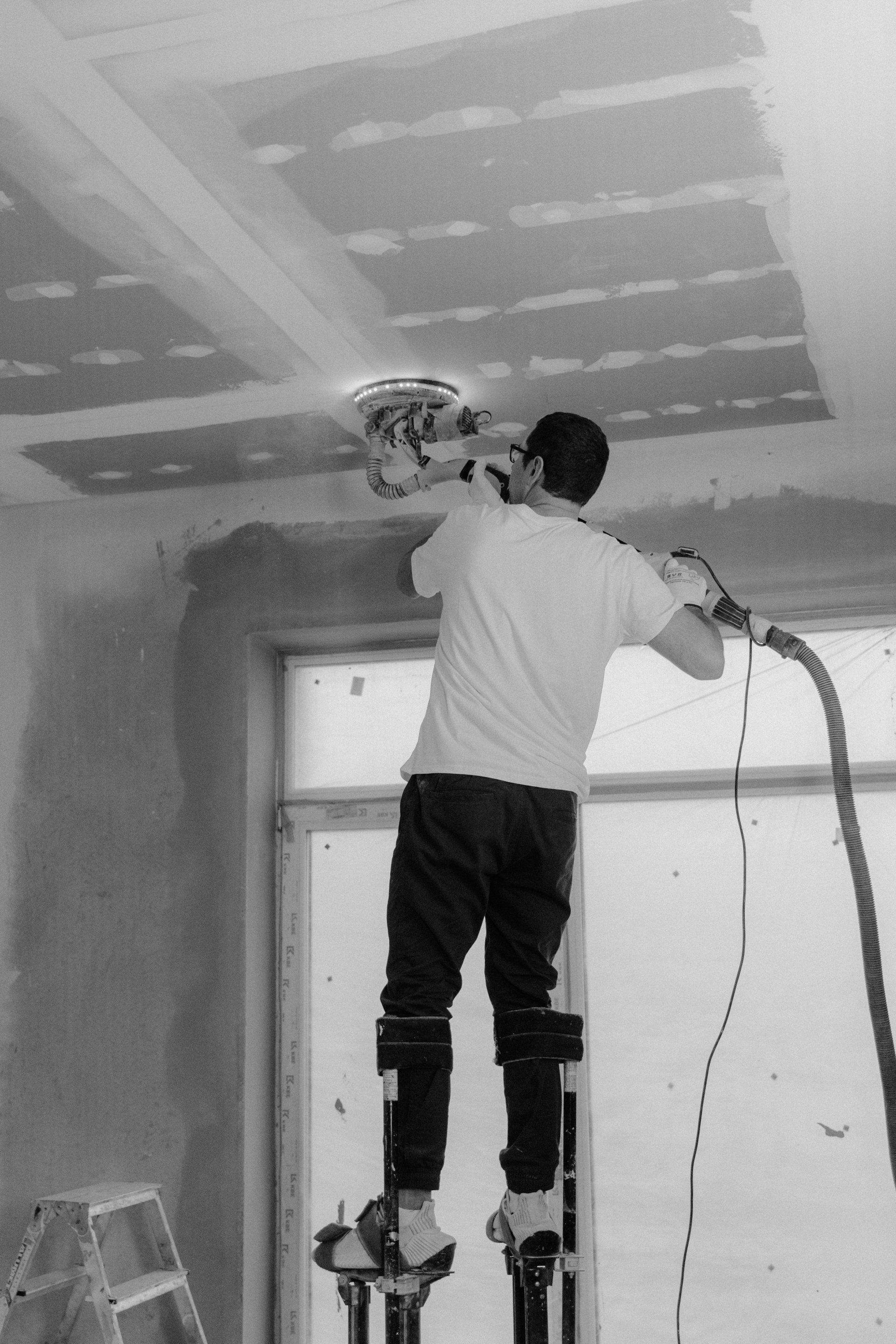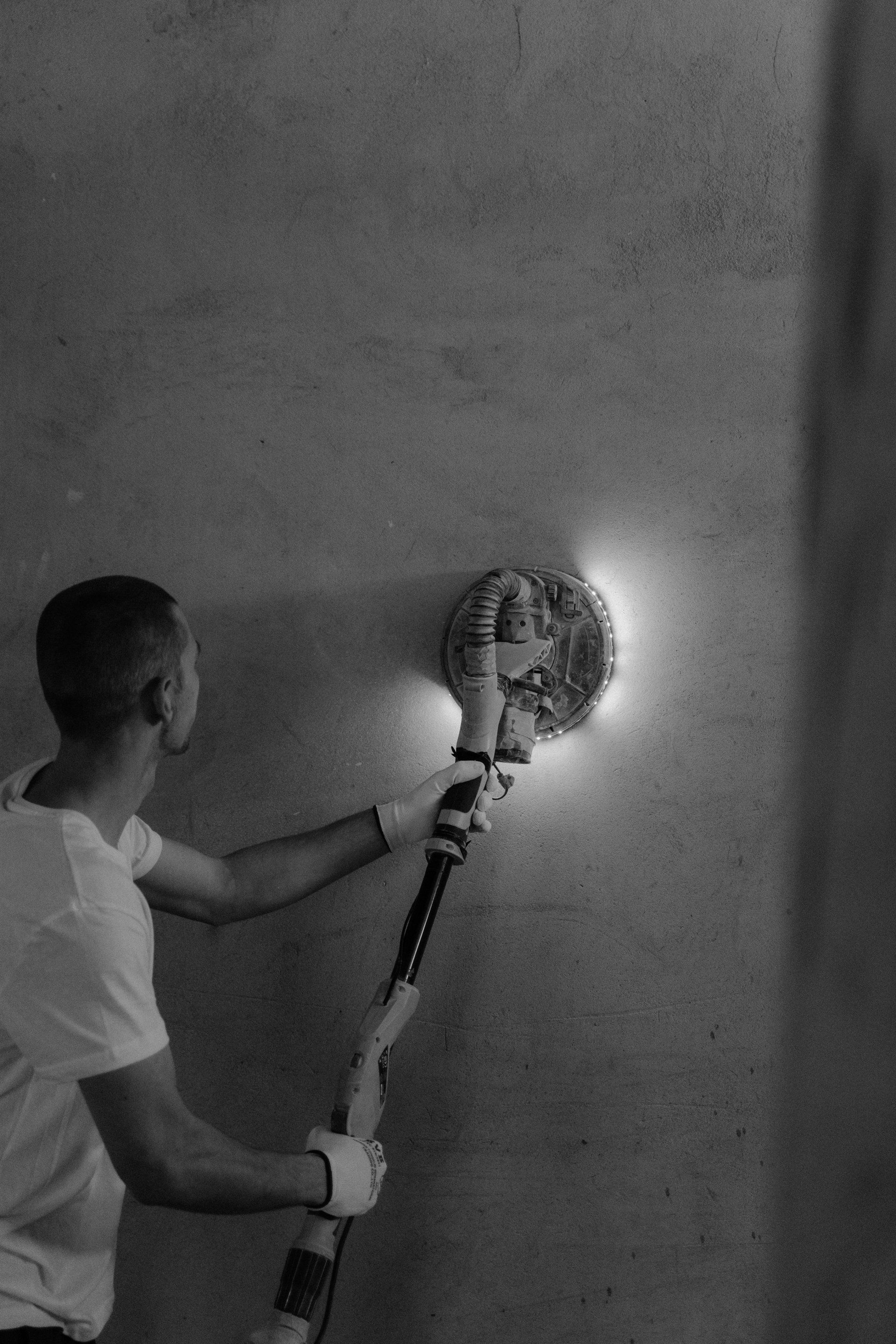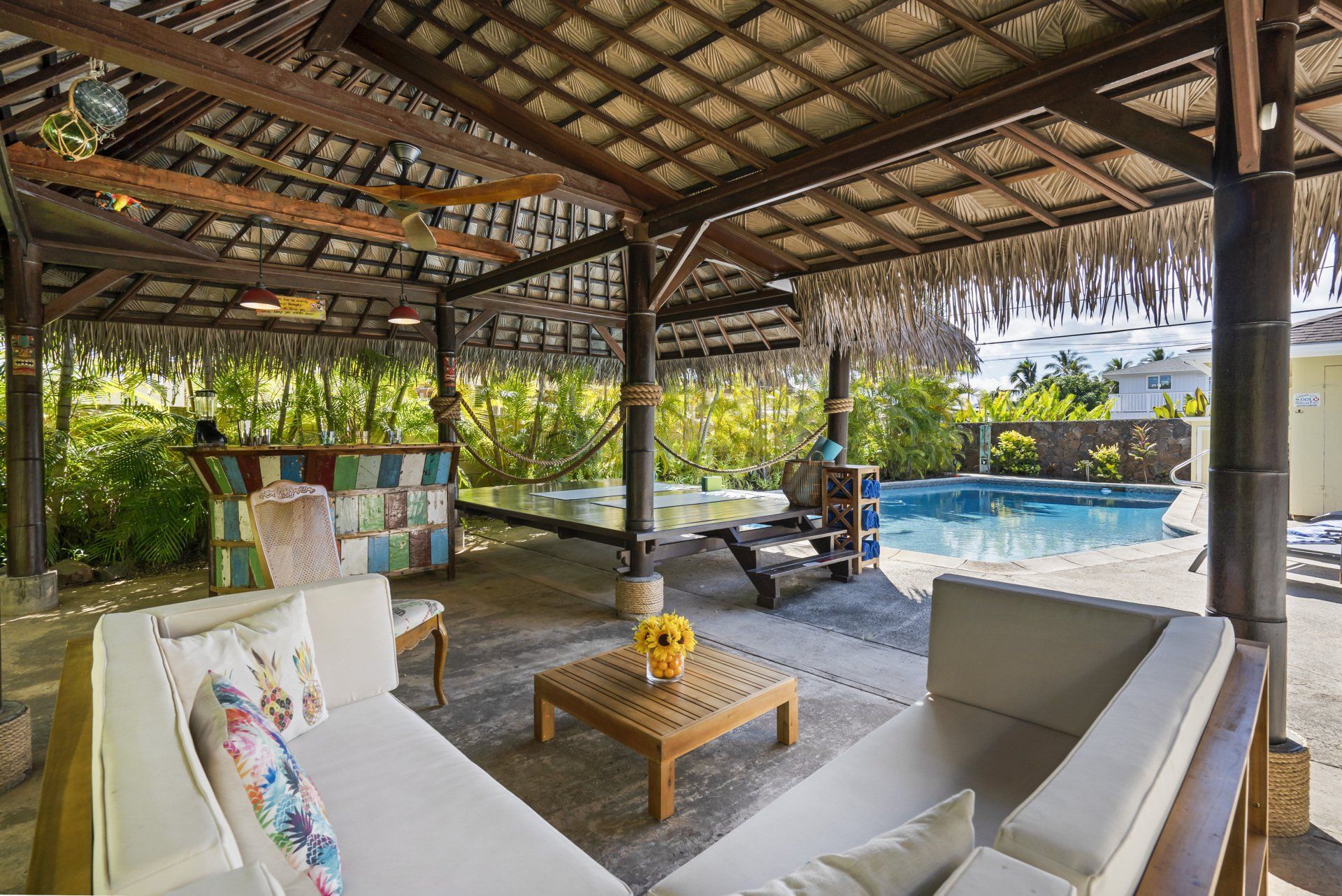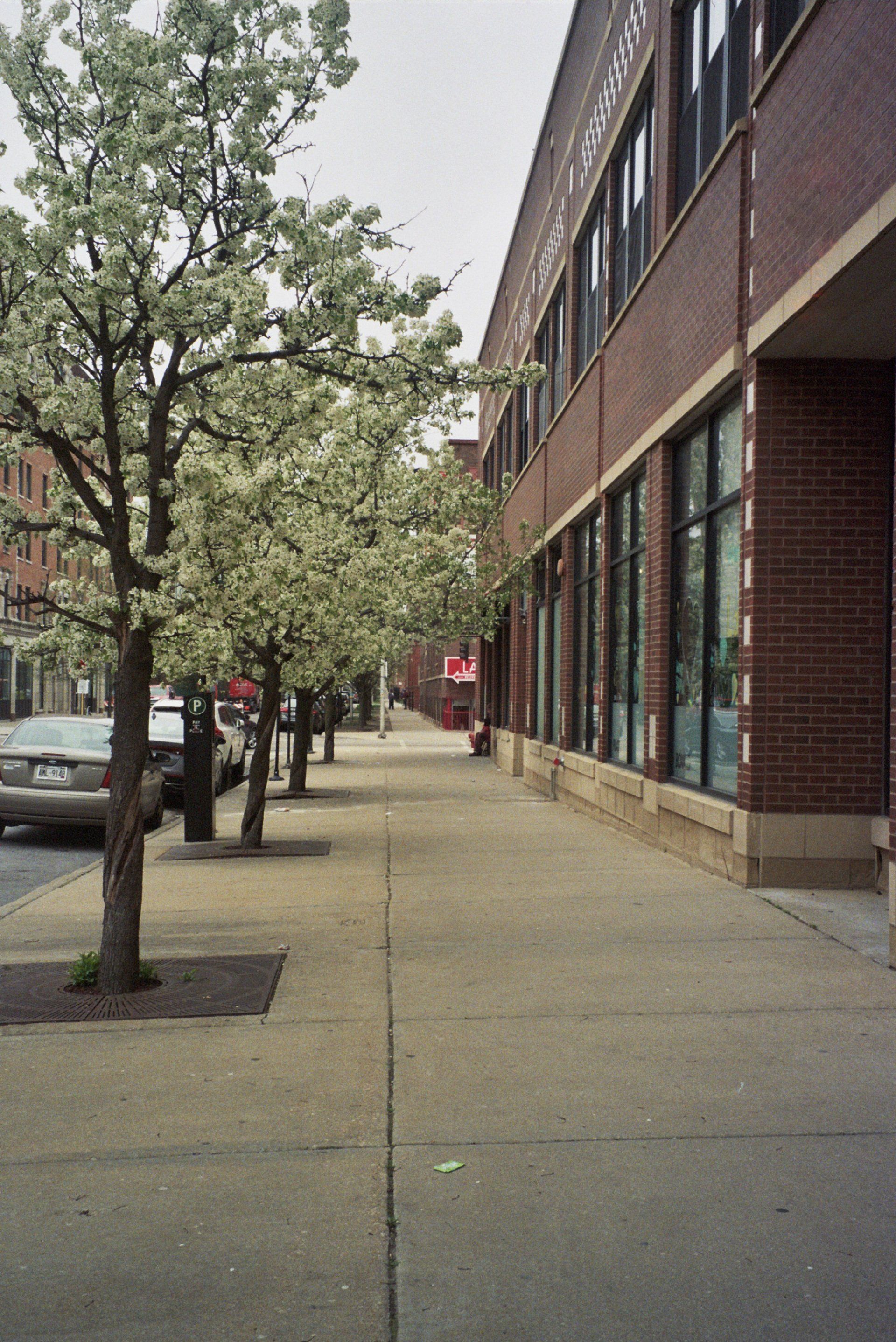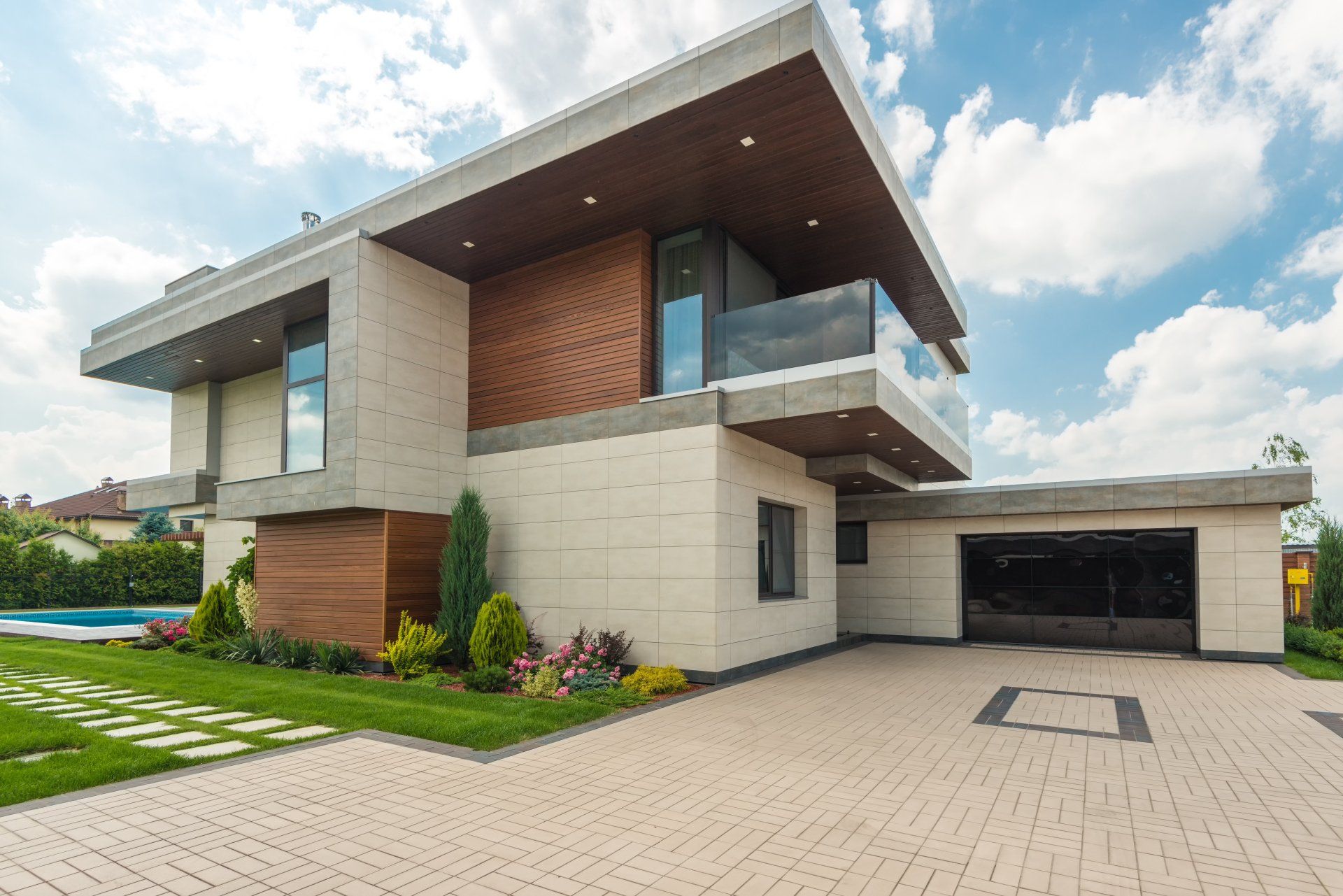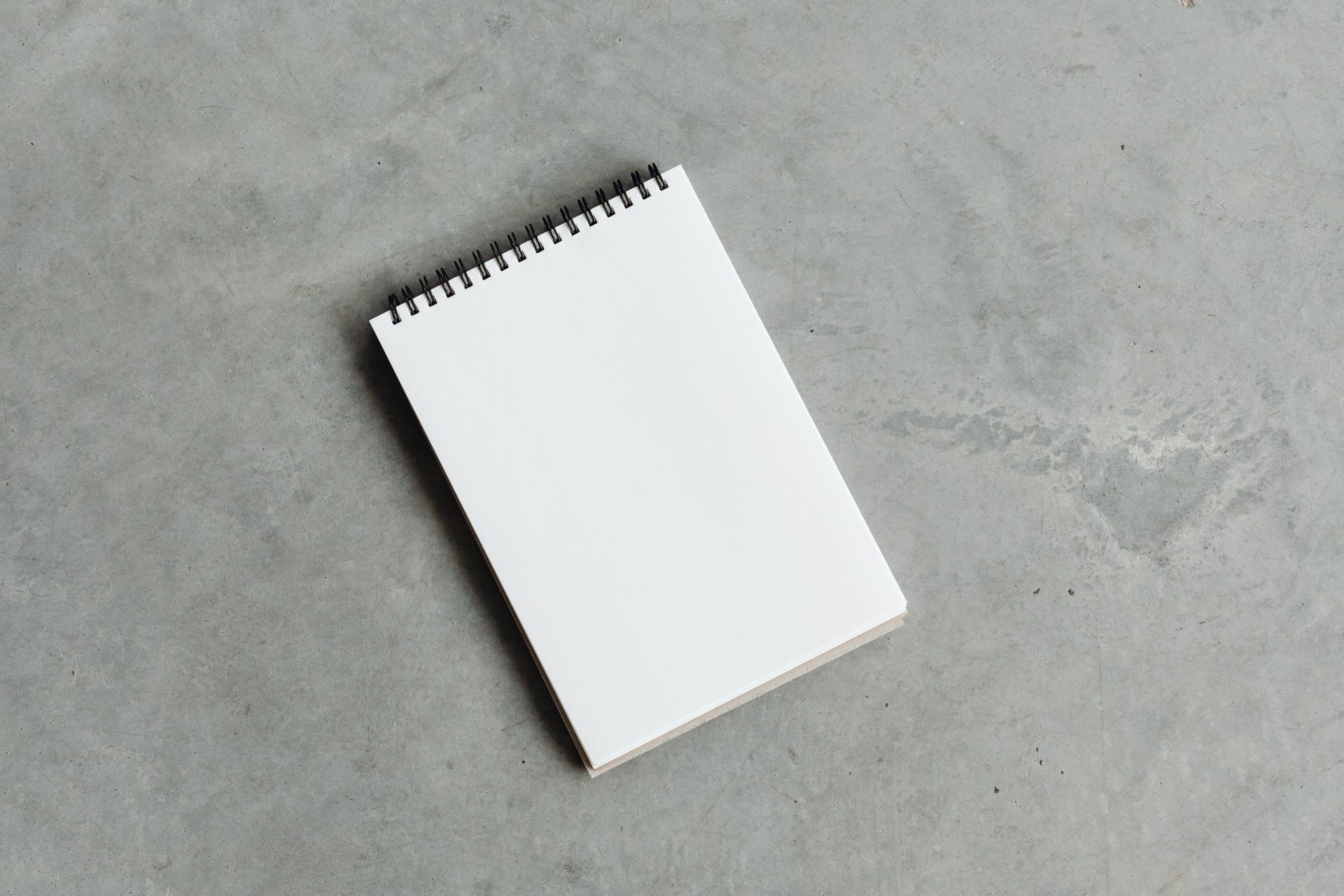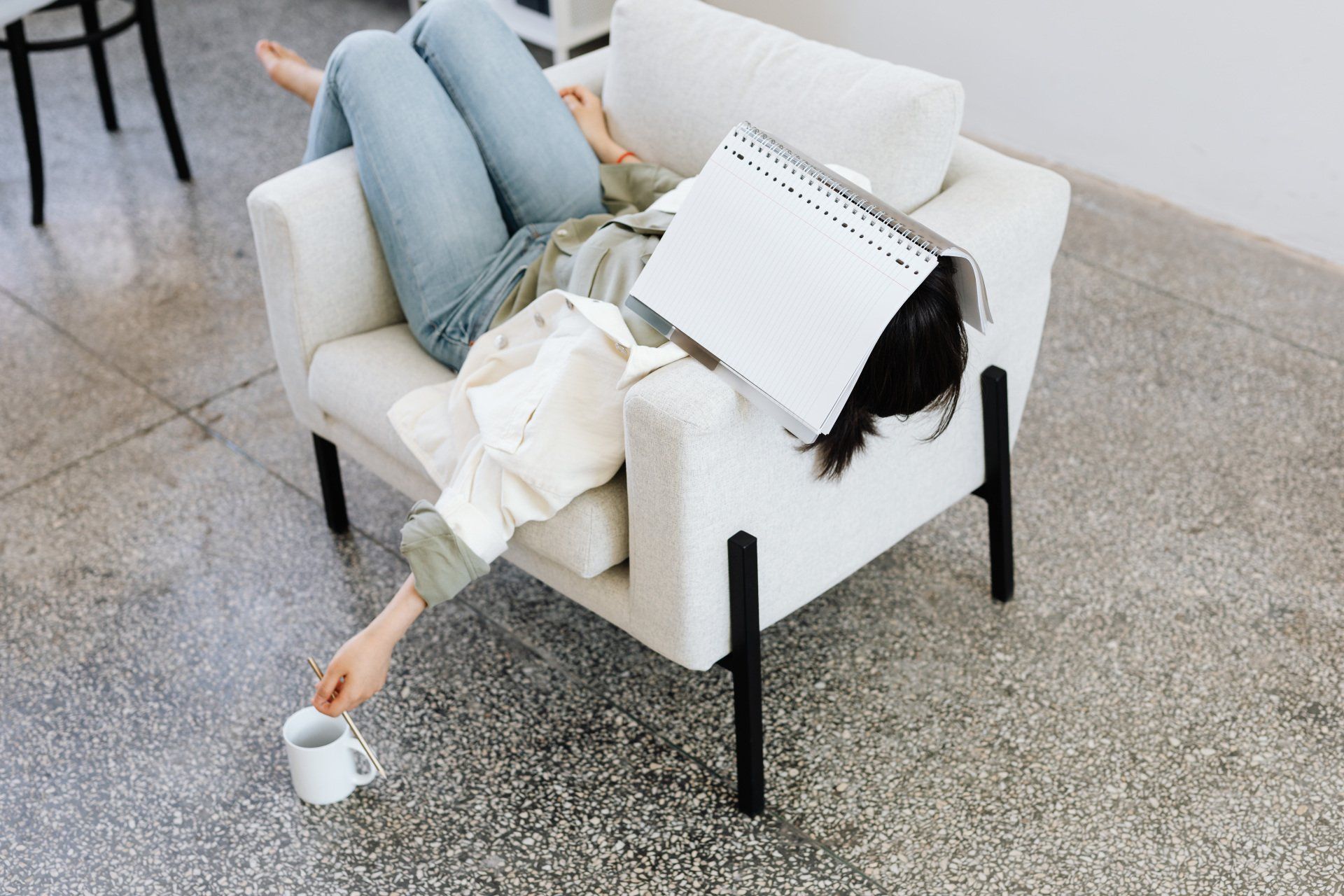Make it Pop: Concrete Designs That Go Beyond the Grey Slab
Make it Pop: Concrete Designs That Go Beyond the Grey Slab
Concrete has been a fantastic flooring material for quite a while. It is a common flooring option for outdoor areas and is used to cover pavements, car park floors, as well as commercial floorings. You've probably thought that concrete is a great material for surfaces that are in everyday use but have not considered its potential as a floor option that is decorative.
The methods of the design and installation of these flooring have changed through time. Concrete has become a flexible material that is able to be used in a variety of styles. Its ability to be able to acquire the appearance of polished or colored and other attributes make concrete perfect for new home construction projects.
Stamped concrete
The concrete stamp, sometimes referred to as textured concrete, is a type of concrete designed to make patterns that look like slate, bricks, and wood. It is available in various colors and serves as an affordable and environmentally green alternative to brick or natural stone. Stamped concrete can also be an attractive alternative to traditional concrete that is used in living areas.
Stamped concrete is brought to life with vibrant staining options. Concrete stained offers the elegance of vibrant colors without the cost.
Incorporating stamped concrete into a building:
Cobblestone
Incorporating the natural hand-cut look of cobblestones. This pattern cleverly replicates the uneven and rounded corner patterns that you can find in nature. Its random interlocking pattern is ideal for entranceways or staircases. It can also be used in a vertical manner around your fireplace.
Wood
Faux wood mimics the look and feel of wood planks and even the tree rings that are part of the design. It's an excellent choice for those who want the appearance of wood but the strength and cost of stamped concrete.
Antique
The classic design features real shadows, making it the perfect option for spaces that have a classic appearance. Other colors scattered throughout the flooring bring out the textures and accents on concrete, which enhances the space's depth.
Sandstone
The stamped concrete design is a light colored and large stone, ideal for adding a touch of glamour and style to your poolsides and patios. It is an interlocking pattern that is random, reminiscent of genuine sandstone that has been cut with a hand. This adds visual appeal to the flooring.
Stained concrete
Staining concrete can be an adaptable and affordable method to change the appearance of existing and new patios and flooring. Staining concrete is distinct from other flooring techniques because it's tough and will not scratch, fade, or break. The cement is strong, which allows the stain to last for a long time and provides an amazing look.
In addition, concrete stains are made of tiny particles that penetrate deep inside the concrete to result in a fade-resistant color. The color is long-lasting and won't fade away or break off like coatings or paints.
Two kinds of stain types are available to pick based on the style you'd like to achieve.
Acid-based stain
Acid stains are introduced and react with concrete, creating natural color variations, which give unique patterns and characters. The result appears to be marble or granite. There is, however, some limitations on the selection of colors to earthy tones that are subtle, like terra-cotta, the soft blue-greens, and tans with acid staining.
Water-based stain
Water-based stains provide more than the subtle colors of acid stains. They are available in a wide variety of shades that offer a greater variety of colors when mixed. While brown and gray are among the most sought-after shades used for flooring stained by concrete, you can also choose more striking shades like blue or black.
Concrete Edmonton Quote
